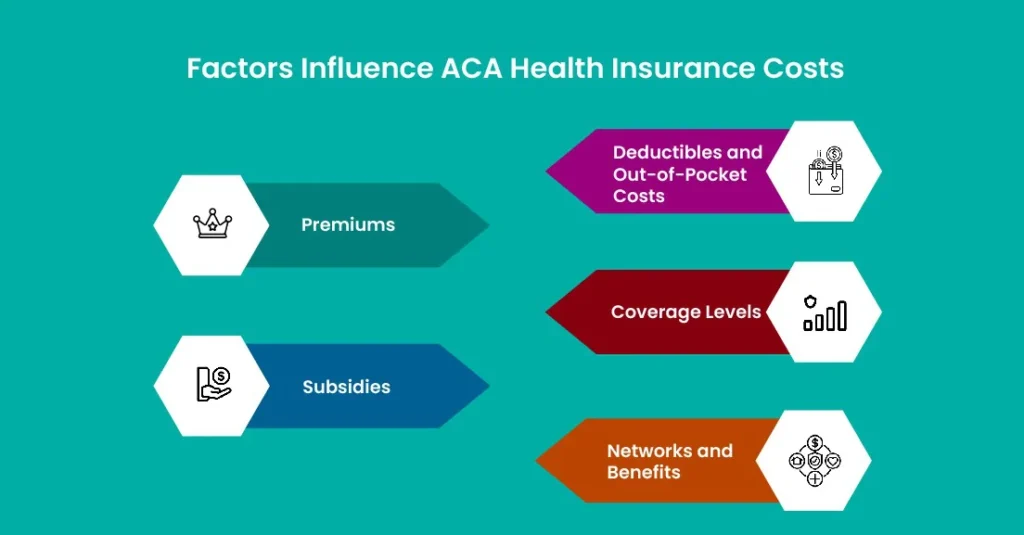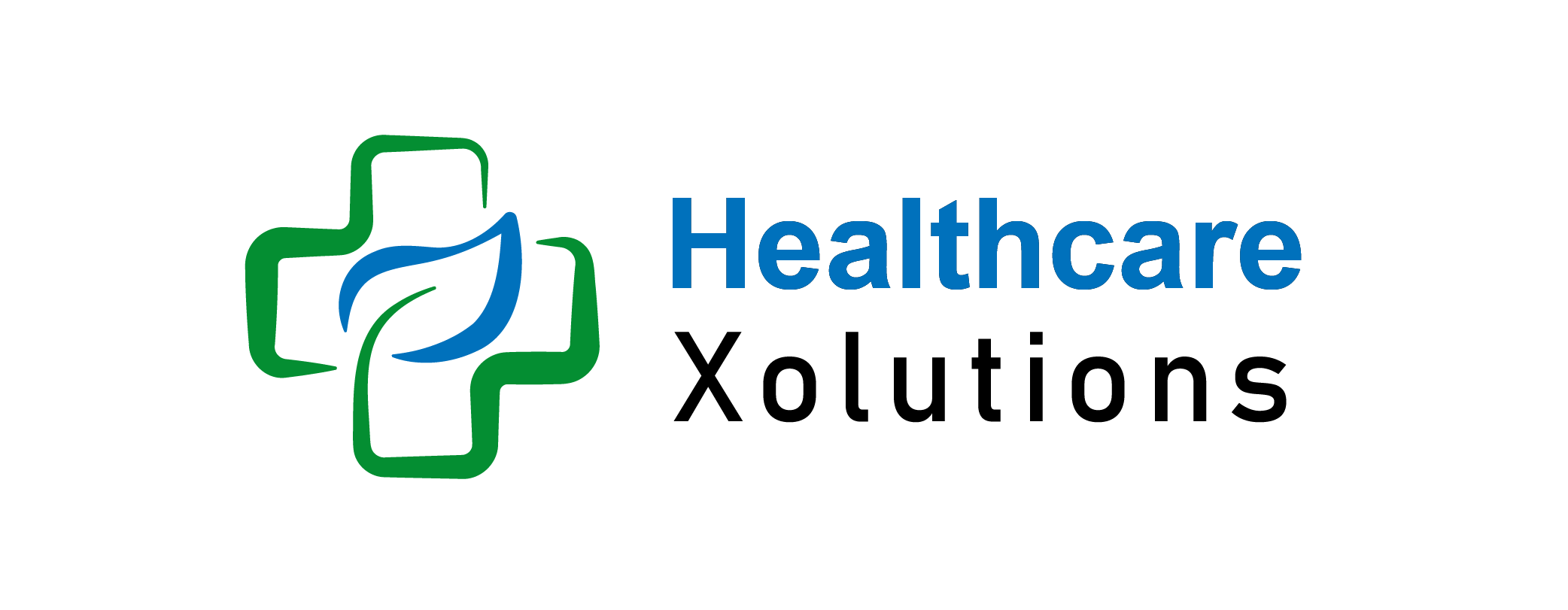What Factors Impact The Cost of ACA Insurance? Comprehensive Guide

Understanding the factors that impact the cost of ACA health insurance is crucial for making informed decisions about your healthcare coverage. According to Value Penguin, the average premium for a benchmark Silver plan in 2024 is approximately $584 per month for a 40-year-old individual, though this varies based on factors such as age, location, and plan type. Anticipating future trends, premiums are projected to increase by a median of 7% in 2025, influenced by rising prescription costs, hospital market consolidation, labor shortages, and inflation.
In this blog, we’ll explain what factors impact the cost of ACA insurance and provide insights to help you navigate this complex landscape.
Key Takeaways:
- Understanding Premiums: ACA premiums vary based on age, location, tobacco use, and coverage level. In 2024, the average premium for a Silver plan is $584 per month.
- Role of Subsidies: Premium Tax Credits reduce monthly premiums for 92% of enrollees in Marketplace plans in 2024.
- Deductibles and Costs: High-premium plans generally have lower deductibles, while low-premium plans come with higher deductibles and out-of-pocket expenses.
- Coverage Tiers Matter: ACA plans are categorized into Bronze, Silver, Gold, and Platinum tiers; each offers a unique balance of premiums and out-of-pocket costs.
- Network Considerations: In-network providers significantly lower costs; reviewing coverage benefits ensures your healthcare needs are met.
- Future Trends: A projected 7% premium increase in 2025 highlights the importance of proactive financial planning for healthcare.
Table of Contents
What Factors Impact The Cost Of ACA Insurance 2024?

1. Premiums:
Premiums are the monthly payments made to maintain health insurance coverage. These amounts can vary based on factors such as age, geographic location, tobacco use, and the level of coverage selected (Bronze, Silver, Gold, or Platinum). For instance, in 2024, a 40-year-old individual pays an average of $584 per month for a Silver plan, with costs differing across states.
2. Subsidies:
The ACA provides subsidies, known as Premium Tax Credits (PTCs), to make health insurance more affordable for individuals and families with lower incomes. Eligibility for these subsidies depends on household income relative to the federal poverty level. In 2024, 92% of Marketplace plan enrollees benefited from premium tax credits, significantly reducing their premiums.
3. Deductibles and Out-of-Pocket Costs:
Deductibles are the amounts you pay out-of-pocket for healthcare services before your insurance begins to cover costs. Out-of-pocket costs include deductibles, copayments, and coinsurance. Plans with lower premiums often come with higher deductibles and vice versa. For example, in 2024, the maximum out-of-pocket limit for individual coverage is $9,200.
4. Coverage Levels:
ACA plans are categorized into four metal tiers: Bronze, Silver, Gold, and Platinum. Bronze plans have the lowest premiums but higher out-of-pocket costs, while Platinum plans have the highest premiums and lower out-of-pocket expenses. The choice of tier should align with your healthcare needs and financial situation.
5. Networks and Benefits:
Insurance plans have networks of healthcare providers. Choosing in-network providers typically results in lower costs. It’s essential to review the plan’s network and covered benefits, including prescription drugs, preventive care, and specialist services, to ensure they meet your healthcare needs.
Advantages of Understanding ACA Health Insurance Costs:

- Informed Decision-Making: Knowledge of ACA health insurance costs enables you to select a plan that aligns with your healthcare needs and budget.
- Financial Planning: Understanding premiums, deductibles, and out-of-pocket expenses aids in effective budgeting for healthcare costs.
- Maximizing Value: Comparing different plans helps you find the best balance between cost and coverage, ensuring you get the most value from your health insurance.
- Access to Subsidies: Being aware of eligibility criteria for subsidies can significantly reduce your monthly premiums.
- Managing Healthcare Expenses: Understanding cost-sharing mechanisms like copayments and coinsurance allows for better management of healthcare expenses.
- Protecting Financial Well-being: Choosing a plan with adequate coverage protects against high medical costs, safeguarding your financial health.
- Ensuring Adequate Coverage: Assessing coverage levels and benefits ensures you have the necessary protection for your healthcare needs.
Conclusion – What Factors Impact The Cost Of ACA Insurance?
Understanding the factors that impact ACA health insurance costs is essential for making informed decisions about your healthcare coverage. By considering premiums, subsidies, deductibles, coverage levels, and provider networks, you can select a plan that aligns with your healthcare needs and financial situation. Staying informed about current and future trends, such as the projected 7% premium increase in 2025, allows for proactive financial planning and ensures you maintain adequate health insurance coverage.
